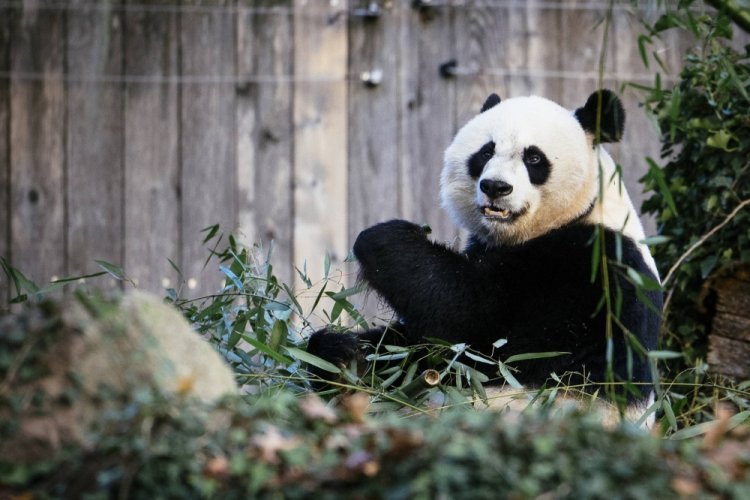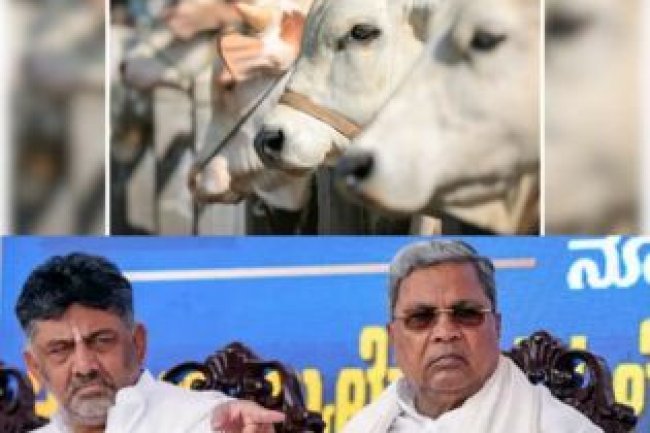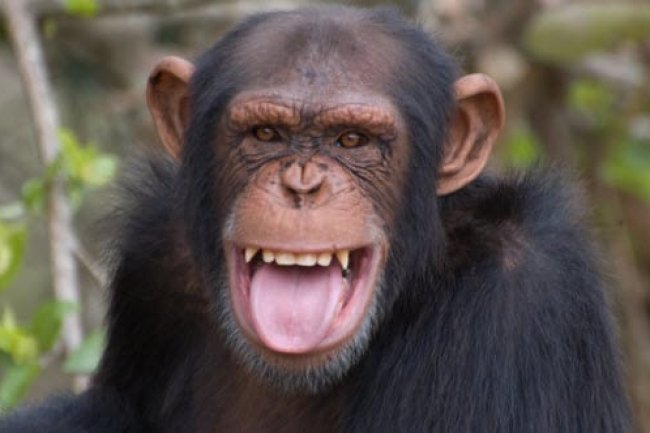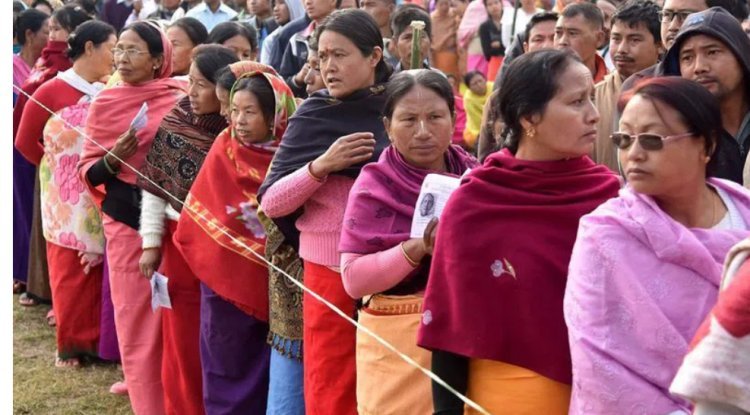The Secret Behind Animal Diplomacy and Global Influence!
The Secret Behind Animal Diplomacy and Global Influence! Discover how animal diplomacy serves as a powerful tool in international relations. Learn about China's famous panda diplomacy, Malaysia's orangutan diplomacy, and how various countries leverage animal exchanges to build cultural bridges and enhance their soft power.

What is animal diplomacy, a longstanding tradition of soft power? | Explained
What is animal diplomacy and how does it work? Why is China famous for its animal diplomacy? Which other countries are involved?
SWETA GUPTA
A female giant panda from China named Hu Chun eats bamboo at Taman Safari Indonesia zoo in Bogor, West Java, Indonesia. Giant pandas Cai Tao and Hu Chun arrived in Indonesia as part of China’s “Panda diplomacy.”
A female giant panda from China named Hu Chun eats bamboo at Taman Safari Indonesia zoo in Bogor, West Java, Indonesia. Giant pandas Cai Tao and Hu Chun came to Indonesia as part of China’s “Panda diplomacy.”
The story so far: For centuries, leaders around the world have used treaties, agreements, and handshakes to build relationships. Amid serious global politics, there is a unique but effective diplomatic tool called animal diplomacy. Recently, Malaysia, the world’s second-largest palm oil producer, is aiming to improve its environmental image through “orangutan diplomacy.”
They plan to give orangutans to countries that buy their palm oil. This gesture shows Malaysia’s concern for the endangered apes, whose habitats are often destroyed by palm oil plantations. Inspired by China’s “panda diplomacy,” Malaysia hopes this move will reduce global concerns about the environmental impact of palm oil production. This unusual but effective strategy highlights the power of cultural exchange in shaping global politics.
What's Your Reaction?






















